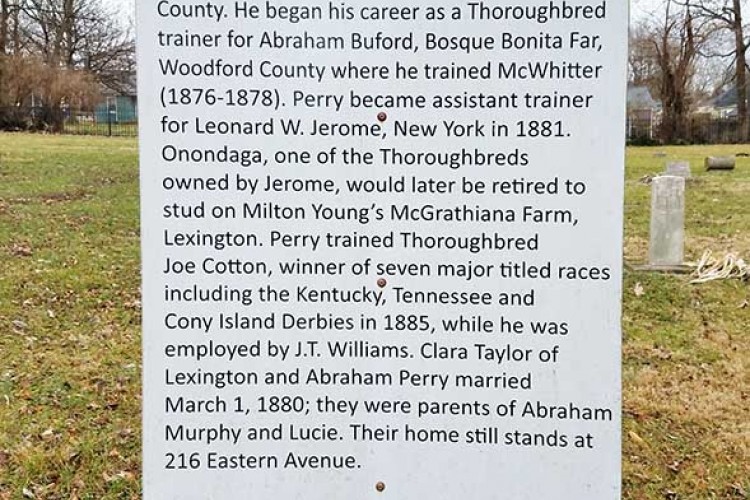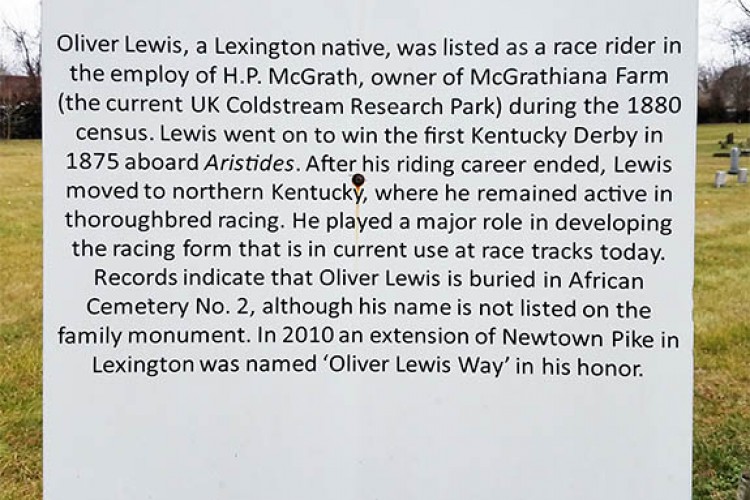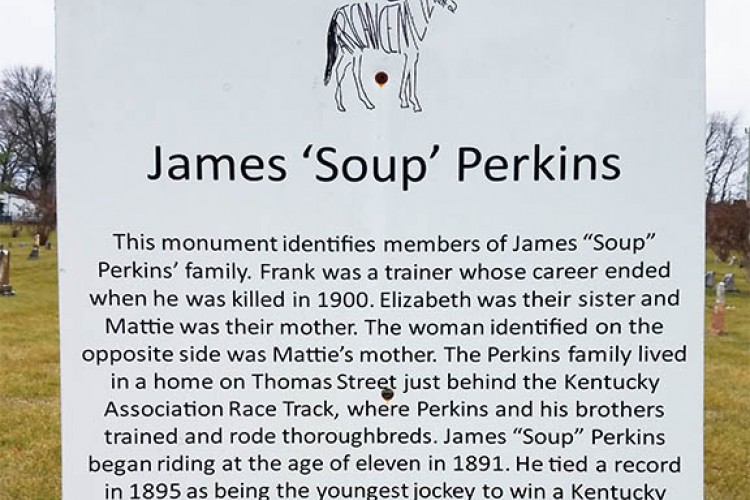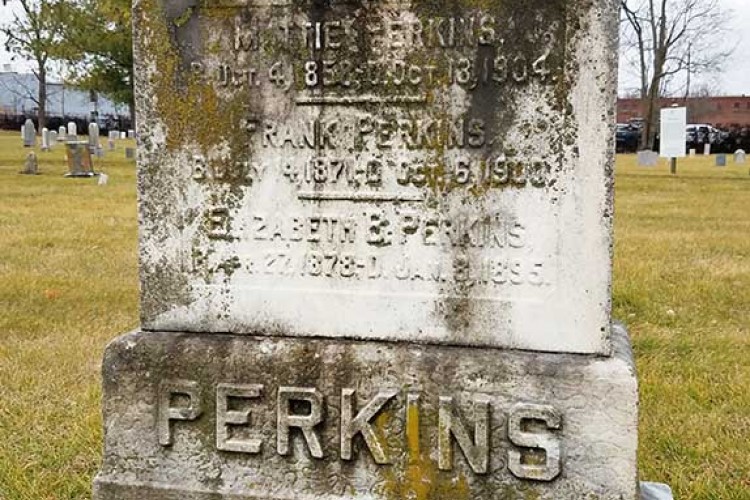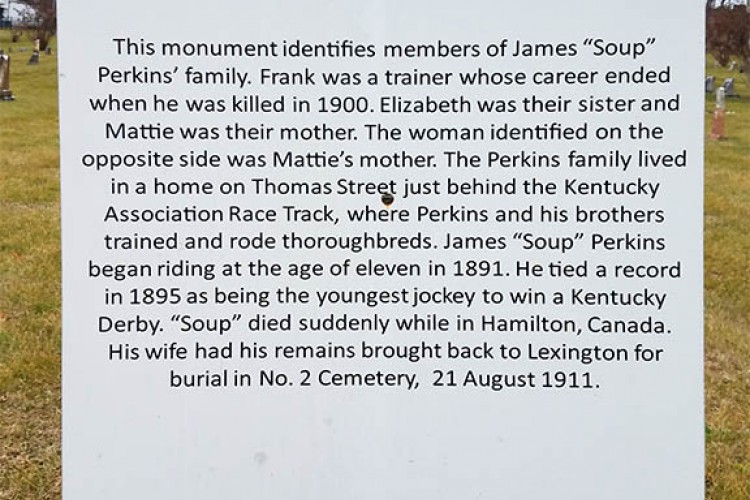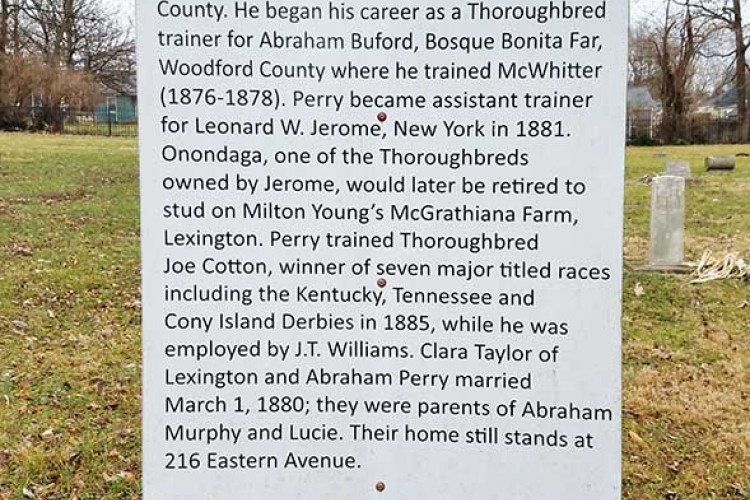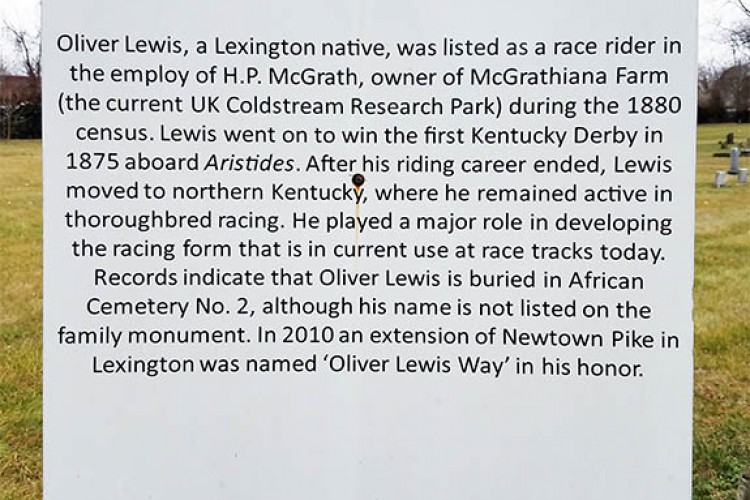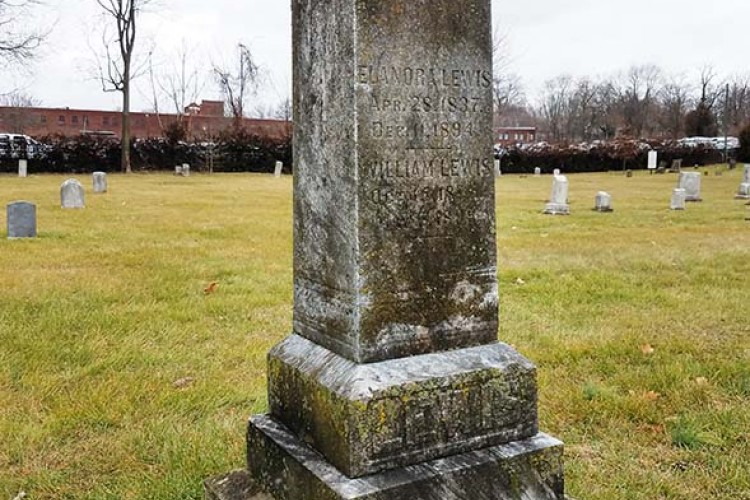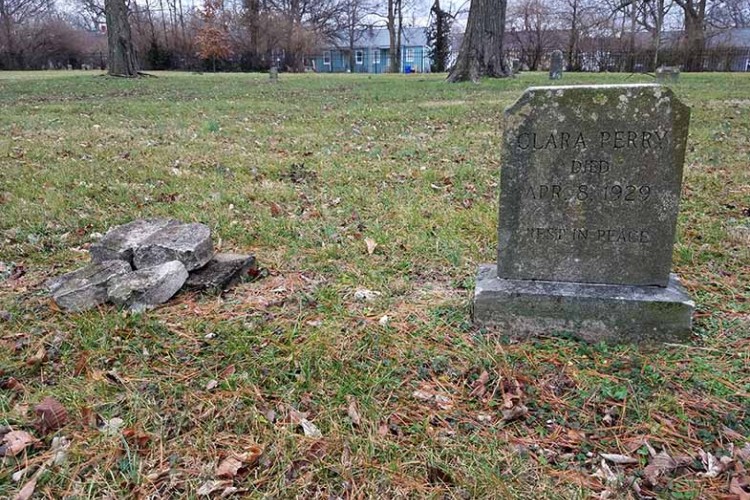Holding The Purse Strings: East End Wealth and Property
East End Community
Between the 1860 and 1870 censuses, Lexington’s African American population increased by 133 percent. Many newly freed African Americans began to occupy the eastern area of Lexington, Kentucky simply known as the East End. The East End was also home to the Kentucky Association racetrack. The dirt track was built on sixty-five acres of land at East Fifth and Race Streets. The track opened in 1828 and provided a steady source of employment for many African American families.
Women and Wealth
Black women often oversaw family finances, playing a pivotal role in shaping Lexington’s East End neighborhood. The horse industry provided well-paying jobs for many of Kentucky’s African American men. However, these jobs took them away from home for long periods. Consequently, Black women shaped Lexington’s Black communities. Although it was technically illegal, women opened bank accounts and purchased homes, thereby managing their family’s wealth and property.
Women Land Owners
We know that the following women were deeply involved in the real estate of their families from deed books kept by the city of Lexington.
- Margaret, wife of Dudley Allen, bought their home in the newly developed Kinkeadtown of East Lexington.
- Lucy, wife of Edward Brown, filed a deed for their Lexington home (Gunntown) in 1885.
- Bettie Colston, wife of Raleigh, Sr., purchased a family home in 1871 in Goodloetown.
- In 1880, Clara Perry, wife of Abraham, purchased two lots in Gunntown on which she had a two-story home built.
While the horse industry allowed families to make a living, purchase property and otherwise provide for their families, oftentimes it was up to the women of the household to control the pursestrings and take care of the finances while their husbands were away.
Source
International Museum of the Horse. 2018. Black Horsemen of the Kentucky Turf: Companion Book to the Exhibit at the International Museum of the Horse. First. Kentucky Horse Park.
Citation
When citing this article as a source in Chicago Manual of Style use this format: Last name, first name of Author. Chronicle of African Americans in the Horse Industry. n.d. “Title of Profile or Story.” International Museum of the Horse. Accessed date. URL of page cited.




